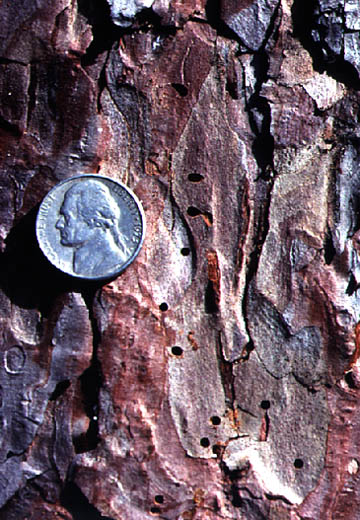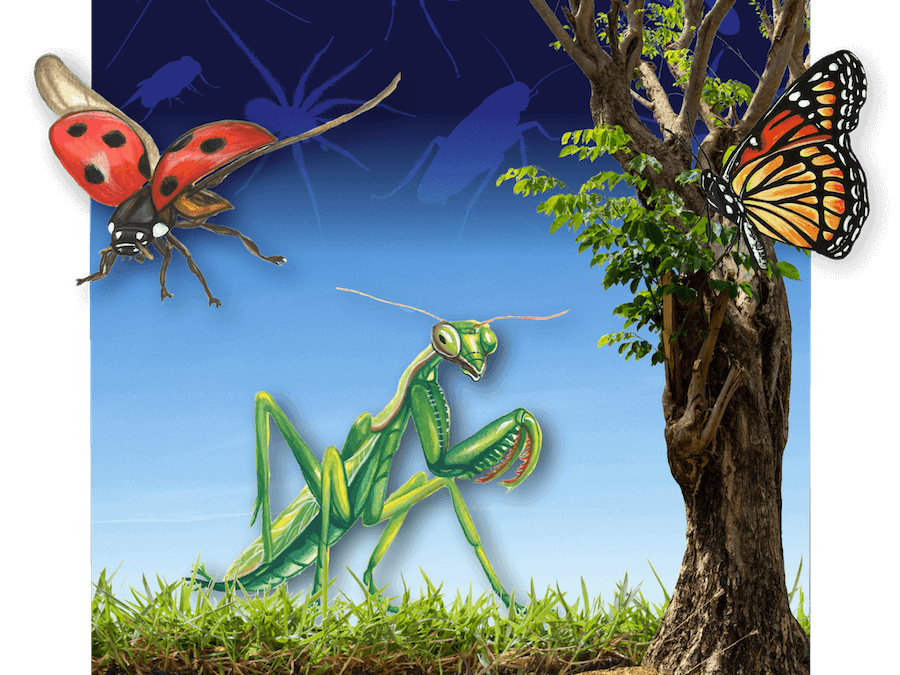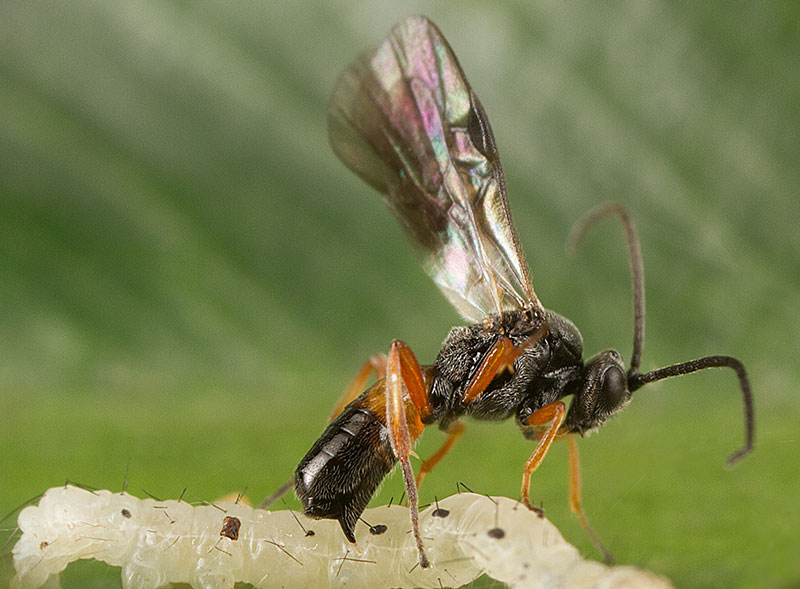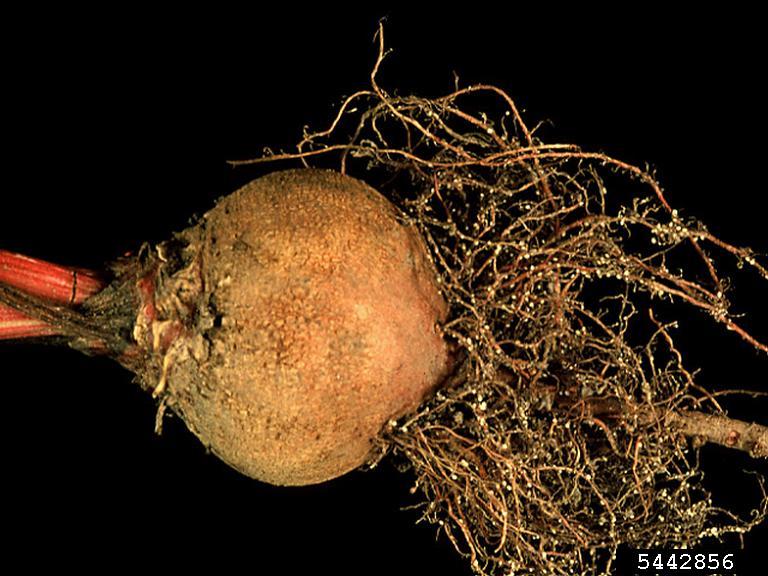My friend Tony Otis, a tree removal specialist, has been busy lately cutting down dead pine trees.
Pine trees aren’t the ‘cash cow’ they used to be when many landowners planted them for a ‘nest egg.’ It’s still tough to see them die, be hauled away and burned.
Homeowners are affected too as they lose landscape value when pine trees die and have to be removed. Unfortunately, that’s exactly what’s happening all too frequently after the drought of 2011 stressed pines and hardwoods. Many of these trees are still trying to recover from the ice storms of last winter.
Three collective species
Pine bark beetles is a collective name given to three races of pine beetles that can be devastating on a few or several trees in a stand or yard. The first thing to understand about these insects is that they are not prone to attack healthy, vigorous trees. They tend to select trees that are already suffering from stress.
Stress, in a tree, is usually weather-related although trees damaged from lightning or mechanical injury also succumb to beetles. This past summer’s high heat and very dry weather caused extreme stress in trees. Bark beetles enter the tree through the bark and eat the soft cambium layer all the way around until they girdle the tree, killing it by cutting off nutrients from the top. Landowners are often unaware of beetle attack until they see browning foliage in the crown.
Bark beetles are primarily Southern pine beetle, or SPB, black turpentine beetle, BTB, or Ips/engraver beetle. Owners should determine which species is doing the damage. All three species bore through the bark of pine trees and feed on the living cambium layer of wood just under the bark.
Southern pine beetle
SPB are about one-eight of an inch long, have rounded abdomens and are brownish to black. They are the most important pests of pines and attack every type of pine grown in the south. Shortleaf and loblolly are the most susceptible and slash and longleaf are more resistant. SPB make fairly small (less than half an inch in diameter) pitch tubes normally in bark crevices. The galleries (tunnels seen on the backside of the bark) are S-shaped and usually packed with brown frass, or feces, and boring dust.
They infest trunks of trees from the base to the crown, usually attacking at mid-trunk or lower crown to start. After the initial infestation, these insects emit pheromones alerting hundreds more to the location. After a 35- to 60-day life cycle, the young bore out leaving small emergence holes. SPB carry blue stain fungi and introduce it to the tree. This alone is deadly and ruins the commercial value of the lumber.
Black turpentine beetle
BTB are reddish brown and are the largest of the bark beetles, measuring about a quarter of an inch long. They normally attack the lower 8 to 10 feet of the tree trunk. To check for a BTB infestation, look for pitch that has come out of a boring hole and hardened into a clump that resembles a wad of chewing gum. This is a result of the tree’s natural defense of using sap to push the beetle out. The galleries usually flow downward with the grain. Large groups of larvae feeding side to side result in a ‘feeding patch’ under the bark.
Ips/engraver beetle
Ips beetles (of which there are several species) range in size from an eighth to a third of an inch in length. Their galleries are shaped in a rough Y or H shape and are usually free of boring dust. The small Southern pine engraver prefers the bark on cut tree limbs and tops, but can attack and kill groups of young, vigorous trees and the tops of large, living trees. Unlike SPB that move across a planting killing all the trees in their path, Ips beetles tend to fly from one tree to another in no set pattern or predicted path. Trees killed by Ips beetles are seen sporadically in the stand. Ips beetles also carry the blue stain fungus that infects trees where they feed.
Many effective beetle sprays, like Lindane and Dursban, have been taken off the market. If the tree damage is caused by SPB or Ips, a commercial tree sprayer should be hired to spray the tops of grown trees. If a young stand is attacked by Ips or if you detect BTB, a pyrethroid (bifenthrin) can be sprayed on the trunks. It is sold under several names such as Onyx (the forestry name) or Brigade (the cotton name).
Mix the chemical according to instructions and add a half pint of kerosene or diesel fuel per gallon of spray as a sticker. Spray completely around the trunk of the affected tree and all trees within a 50-foot radius. Wet the bark to the point of runoff from as high as you can reach down to the ground.
White sawdust on the ground near the tree trunk indicates a dead tree where secondary woodborers are at work.








